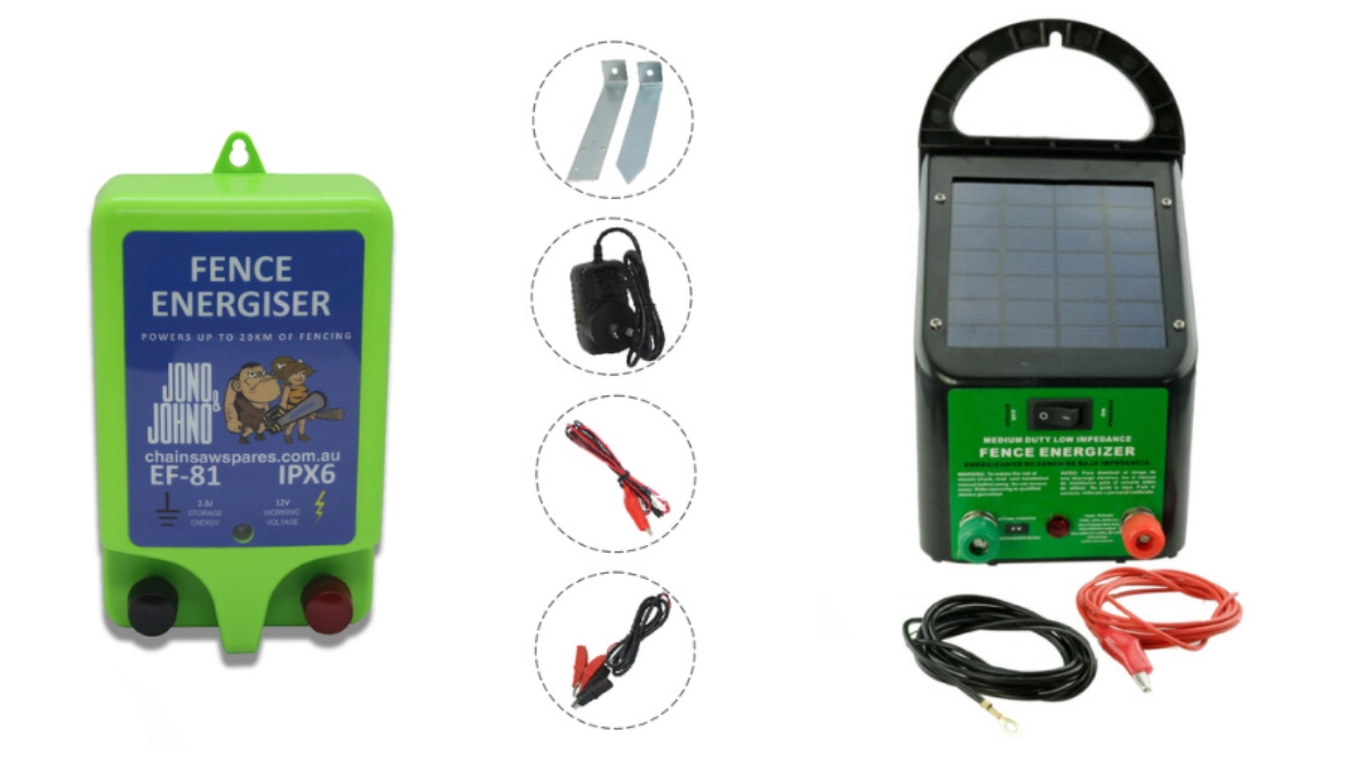I learned this lesson the hard way back in 2019 when we bought what looked like a steal on a used reach truck. Three weeks later, hydraulic fluid was pooling on our warehouse floor, and we were down $8,000 in repairs plus lost productivity.
That expensive mistake taught me everything I know about evaluating used warehouse equipment properly.
The truth is, buying used can save your company serious money, but only if you approach it methodically. Here’s what separates smart purchases from costly disasters.
Start with the Service Records
Maintenance history reveals more about equipment condition than any sales pitch ever will. When I walk into a seller’s office, the first thing I ask for is the service file. Well-maintained equipment shows a pattern of regular oil changes, filter replacements, and preventive maintenance.
What you’re looking for are consistent intervals between services, not gaps where the previous owner clearly skipped maintenance. I once passed on a forklift that had beautiful paint but showed a six-month gap in service records right before being put up for sale. That gap usually means something expensive broke and the owner decided to sell instead of fix.
Don’t accept “we lost the paperwork” as an answer. Professional operations keep meticulous records because they understand that documentation directly impacts resale value.
Physical Inspection Takes Time
You can’t evaluate equipment properly in a fifteen-minute walkthrough. I always bring a flashlight, wear clothes I don’t mind getting dirty, and plan to spend at least an hour going over everything systematically.
Check the obvious stuff first – tires, forks, chains, and hydraulic cylinders. But then dig deeper. Look inside electrical panels for corrosion or burned connections. Run your hand along hydraulic lines feeling for soft spots that indicate internal pressure damage. Listen to the engine at idle and under load – unusual noises cost money to fix.
The best deals I’ve found had cosmetic issues that scared away other buyers but were mechanically sound. Conversely, I’ve walked away from equipment that looked great but had structural problems hiding underneath fresh paint.
Safety Standards Matter More Than You Think
Here’s something many buyers overlook – older equipment might not meet current OSHA requirements. I’ve seen companies buy perfectly functional forklifts only to discover they lacked required backup alarms or load capacity displays mandated by current regulations.
Before finalizing any purchase, verify that safety certifications are current and all required warning labels are present and legible. The cost of bringing equipment up to compliance can easily exceed your projected savings from buying used.
Real-World Testing Reveals Everything
Never buy equipment you haven’t seen operate under actual working conditions. Empty pallets and light loads won’t expose problems that show up when you’re moving real inventory.
During my test runs, I put equipment through its full range of motion and maximum rated capacity. I’ve caught transmission problems that only appeared under heavy loads and hydraulic issues that were invisible during light-duty operation. If a seller won’t let you test equipment properly, find a different seller.
Calculate True Ownership Costs
The sticker price never tells the complete story. Transportation costs can add thousands to your total investment, especially for oversized equipment. Factor in any immediate repairs, modifications needed for your facility, and parts availability.
I always research parts pricing before making an offer. Equipment from manufacturers who’ve discontinued support or whose parts require special orders can become expensive headaches. Sometimes paying more upfront for equipment with readily available parts saves money long-term.
Know Your Market Values
Understanding what equipment actually sells for prevents overpaying and helps identify genuine bargains. I check completed sales on online marketplaces, talk to dealers about recent transactions, and monitor auction results in our region.
Equipment values fluctuate based on local demand, seasonal factors, and economic conditions. What seems expensive in a major metropolitan area might be reasonable in a rural market where selection is limited.
Seller Reputation Predicts Your Experience
The best equipment deals come from sellers who stand behind their inventory. I prefer dealing with established dealers who depend on repeat business and referrals rather than individuals looking to make a quick sale.
Before committing to any purchase, I check online reviews, ask for customer references, and verify business licenses. Sellers who are evasive about their background or previous sales usually have good reasons for avoiding scrutiny.
Protect Yourself with Warranties
Even basic warranty coverage demonstrates seller confidence and provides recourse if major problems surface quickly. I look for at least 30-day coverage on major components, with clear terms about what’s included and what triggers warranty service.
Equipment sold strictly “as-is” isn’t necessarily a bad deal, but the price should reflect the additional risk you’re accepting.
Plan Integration Carefully
New equipment must fit your existing operation both physically and operationally. I’ve seen companies buy equipment that required electrical upgrades, floor reinforcement, or doorway modifications that doubled the total project cost.
Measure twice, buy once applies especially to warehouse equipment. Verify power requirements, clearance dimensions, and compatibility with existing systems before signing anything.
The most successful used equipment purchases happen when buyers invest time upfront in thorough evaluation rather than rushing toward an attractive price. Take your time, trust your instincts, and remember that walking away from a questionable deal is always better than explaining an expensive mistake to your boss.







